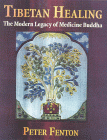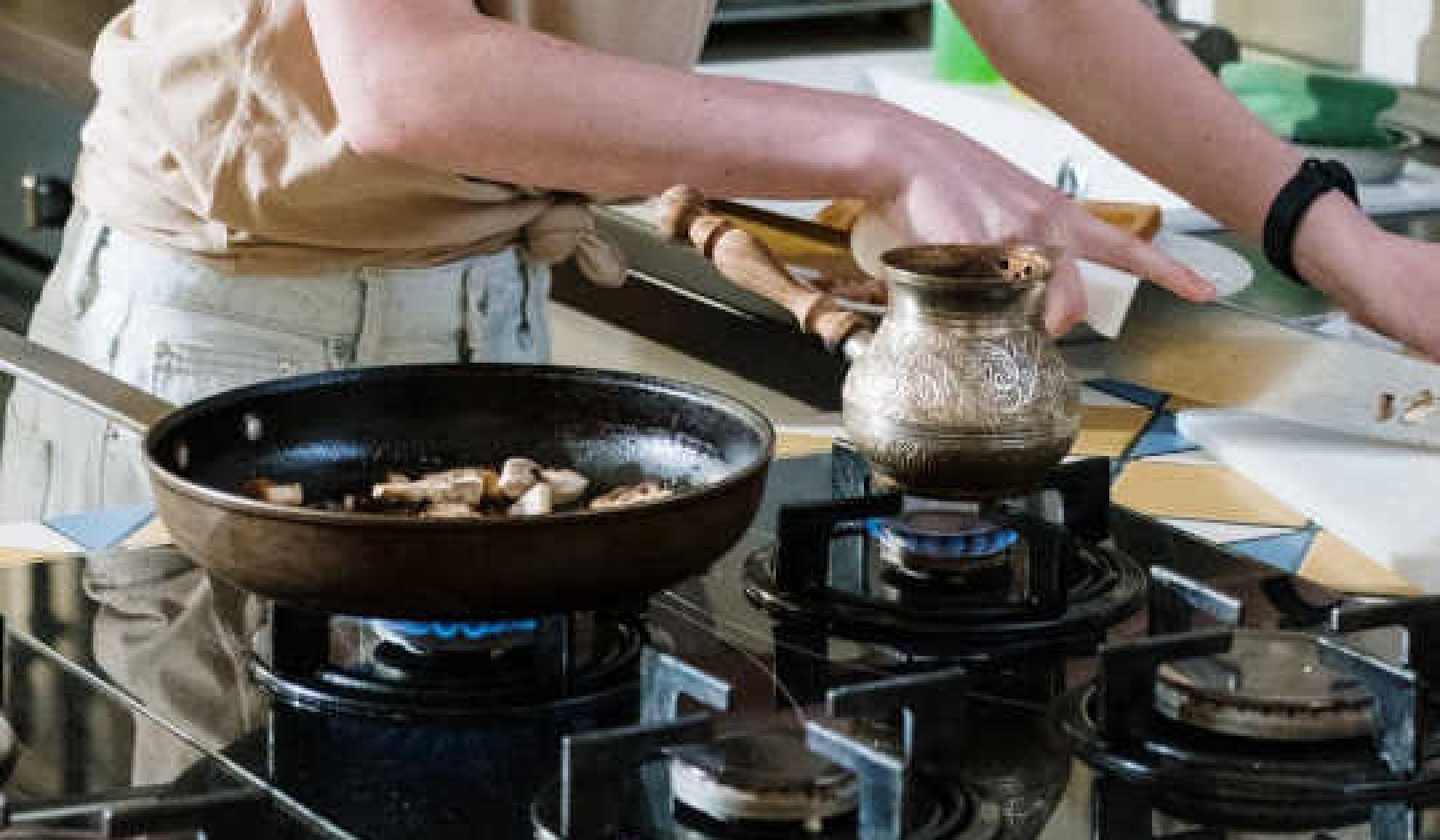Mongol doctors, it is said, use every conceivable plant to make medicines. A story is told about a doctor teacher who sent his students into the forest during an examination with instructions to collect those plants which cannot be used in medicine. All the students returned with multiple specimens, except for one young man who returned empty handed, saying that there is nothing in the forest without medicinal value. That student was given the full mark and, later on, became a famous doctor.
One afternoon at the ITTM in Kalimpong, Professor Lama Chimpa, a Mongolian himself, reinforced my impression that nature is a fully stocked pharmacy. "Medicines," he told me, "are made from all sorts of materials. Some physicians practice only water treatment. Such a doctor collects water from various sources: from the sea, from the top of a mountain stream, from wells, dewdrops, rain water, melted snow. All of these samples are kept in different containers for months or years at appropriate temperatures. Some of this water is boiled, while some is kept in the sun. There are people who have blind faith in water treatment. It is said the water treatments are very good in acidic trouble or stomach upsets.
"No part of the plant is left unused in medical compounds. The roots, sap, flowers, and leaves are all used in medicine preparation. Not a single flower is considered useless for medical composition.
"Once I heard a Mongol doctor say that all of those flowers on which butterflies sit are ready medicine for various diseases. And these offer good vitamins, too. One can eat such flowers without any hesitation. A flower rejected by butterflies is poison. But even if it is poisonous, it becomes medicine when it is properly composed. Like a notorious thief who can become a good and useful person when he is properly trained and taught, a poisonous plant can become very effective medicine. In fact, Mongol and Tibetan doctors use medicines prepared from poisonous plants when the disease is a severe one."
Having seen for myself the riches of nature's medicine cabinet, I readily agreed.
COMMON FOODS AS MEDICINE
We typically forget that many common foods have medicinal value. Some of these plants require processing for long-term storage. Others, like barley, beans, garlic, and squashes, can be kept just as they are. These herbs and foods can bring relief for mild headaches, colds, light fevers, minor cuts, and blemishes.
Common wild plants, such as the dandelion, plantain, and sorrel are very powerful herbs. The dandelion, for example, is unparalleled in stimulating the flow of bile from the liver. St. John's Wort, currently hailed as an effective, natural antidepressant, is sold in grocery stores throughout the world at very high prices. The plant, as it turns out, has a long history of medicinal use and has always been well known for its therapeutic properties. It grows everywhere and spreads rapidly. Interestingly, it is classified as an undesirable weed in Idaho and everywhere else there is grazing land. By 1950, this plant, a native of Europe, had, as the Forest Service put it, "infested" approximately 600,000 acres of land. Poison to one is manna to another.
Common Food Plants: Medicinal Properties
|
|
|
|
|
apples asparagus barley basil beans garlic ginger onion orange soy beans |
* a mild laxative * diuretic * demulcent * antispasmodic * diuretic * anthelmintic (vermifuge) * diaphoretic * antiseptic and tonic * carminative * natural source of estrogen |
 This article is excerpted with permission from:
This article is excerpted with permission from:
Tibetan Healing: The Modern Legacy of Medicine Buddha
by Peter Fenton.
Reprinted with permission of Quest Books/Theosophical Publishing House. ©1999. http://www.theosophical.org
Info/Order book.
About The Author

Peter Fenton, Ph.D., is an educator, journalist, and naturalist. He has traveled to India and Nepal, seeking the few places where Tibetan refugees still practice Tibetan medicine in its entirety. His passion was to preserve their ancient art and explore its secrets for our own well-being today. He is also the author of Shaolin Nei Jin Qi Gong: Ancient Healing in the Modern World and The Wisdom of Tai Chi: Ancient Secrets to Health and Harmony.
























